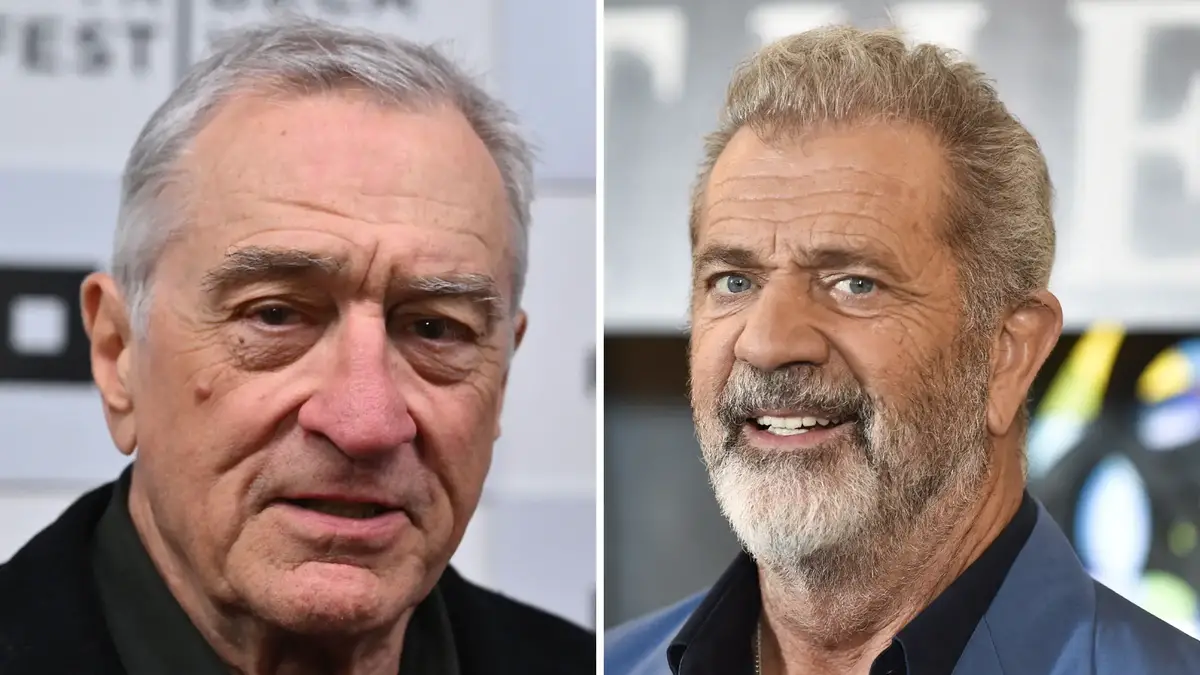
In a surprising turn of events, Hollywood is buzzing with the news that Mel Gibson has decided to step away from a substantial $60 million Disney project, citing ideological differences with his co-star, the iconic Robert De Niro.
The announcement has ignited discussions not only about the fate of the project but also about the challenges of collaboration in an industry where personal beliefs often intersect with artistic endeavors. This article delves into the details surrounding the project, the reasons behind Gibson’s departure, and the broader implications of such clashes within the realm of Hollywood.
The now-controversial Disney project, initially veiled in secrecy, was anticipated to be a blockbuster venture backed by the renowned studio’s substantial financial investment. Fans and industry insiders alike were excited about the prospect of seeing two acting powerhouses like Gibson and De Niro share the screen. However, the sudden announcement of Gibson’s departure has thrown the project into uncertainty, leaving many to wonder about the ripple effects on both the film and the reputations of the involved actors.
Sources close to the production have revealed that the clash between Gibson and De Niro stems from deep-rooted ideological differences, particularly regarding what some describe as the increasing ‘wokeness’ in Hollywood. While De Niro has been an outspoken advocate for social and political causes, Gibson, known for his own controversial history, reportedly found the project’s thematic direction too aligned with what he perceives as excessive political correctness.
Robert De Niro, a stalwart in the industry, has been no stranger to expressing his views on social and political issues. The actor’s public persona is associated with progressive values and a commitment to using his platform for advocacy. While De Niro’s ‘wokeness’ has garnered both admiration and criticism, the clash with Gibson brings to light the challenges of navigating diverse ideologies within collaborative artistic ventures.
With Gibson’s departure, the $60 million Disney project is left in a precarious position. The absence of such a prominent figure in Hollywood raises questions about the project’s thematic direction and whether the studio will proceed with a replacement or reconsider the entire venture. The incident underscores the vulnerability of high-profile projects to the personal beliefs and dynamics of those involved.
News of Gibson’s exit has sparked varied reactions within the industry. Some argue that personal ideologies should not interfere with artistic collaborations, emphasizing the importance of diversity of thought within creative endeavors. Others contend that artists should be mindful of the potential impact of their views on collaborative projects, especially in an era where public opinion holds significant sway.
The clash between Gibson and De Niro is not the first instance of ideological differences impacting Hollywood projects. The industry, often viewed as a bastion of liberal values, has grappled with finding common ground among artists with diverse perspectives. This incident raises questions about the industry’s ability to navigate such differences while continuing to produce compelling and inclusive content.
Beyond the immediate project, Gibson’s departure prompts reflection on the broader implications for Hollywood and the entertainment industry at large. As society becomes increasingly polarized, the industry faces the challenge of balancing creative expression with
commercial viability. The incident underscores the need for open dialogue and a nuanced understanding of the complexities surrounding differing ideologies within the creative space.



